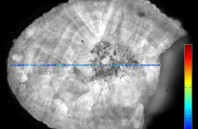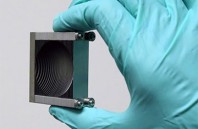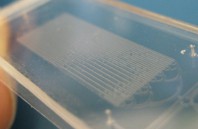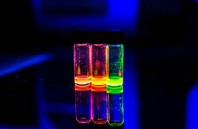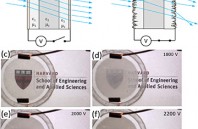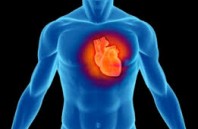The term fluorescence is often applied as a synonym for photoluminescence, although luminescence actually covers fluorescence and phosphorescence. Both of these terms describe the process of absorption of light at a higher energy and subsequent re-emission at a lower energy....
Read more
Fluorescence Lifetime Imaging Made Easy


 (585) 768-2513
(585) 768-2513

